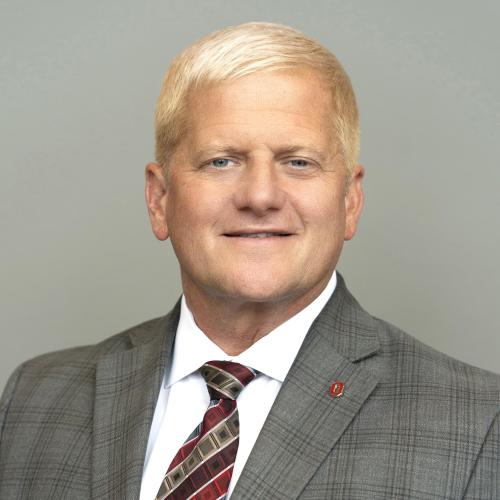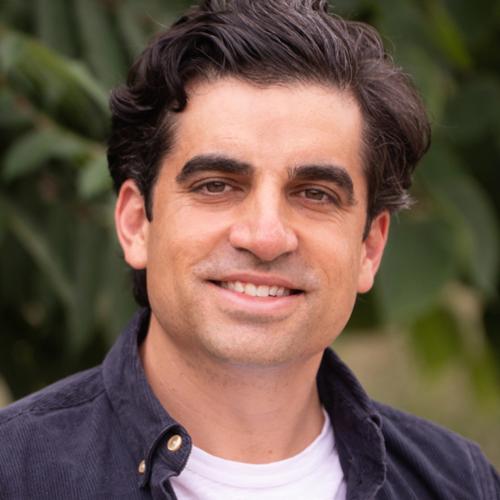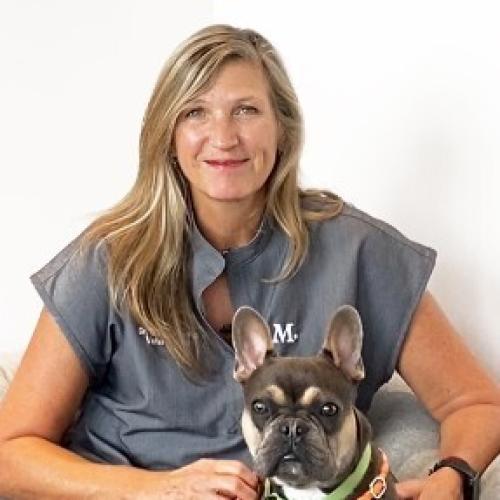Deborah Meyers is a recognized leader in the pet health insurance industry with more than two decades of executive experience driving operational excellence, organizational transformation, and customer-centric innovation. As a longtime executive at the largest U.S. pet health insurer, she led major initiatives that elevated service delivery, strengthened profitability, and improved standards across operations, sales, claims, and the contact centers.
Deborah led her company’s first enterprise-wide Customer Experience transformation - an initiative that significantly advanced how the organization approached customer engagement, retention, and service excellence. Today, she consults with pet health companies on designing customer-driven operations, building high-performing teams, and aligning culture, strategy, and execution for measurable growth.
Deborah served as an active NAPHIA Board Member from 2018-2024, including a term on the Executive Board, contributing to industry collaboration and the advancement of the veterinary and pet insurance ecosystems.
She holds a master’s degree in leadership, Lean Leader certification from The Ohio State University, Forrester Customer Experience certification, and Evidence-Based Coaching certification from Fielding Graduate University.
Deborah is the founder of Deborah Meyers Coaching & Consulting and DM Publishing Ventures LLC, where she works with executives and emerging leaders across the pet industry and beyond. She is the author of How to Talk to Anyone: Communication Strategies to Unlock Networking Skills, Gain Confidence, and Master Conversations for Social and Professional Success.
Known for her strategic clarity, operational depth, and ability to translate complex challenges into actionable solutions, Deborah brings a results-driven perspective to every boardroom and advisory engagement. Her experience and insight make her a trusted voice in today’s rapidly evolving pet health landscape.
SHORTER PROGRAM VERSION:
Deborah Meyers is a seasoned pet health insurance executive with over 20 years of leadership experience in operations, sales, claims, customer experience, and organizational transformation. As former Secretary on the NAPHIA Executive Board, she helped advance industry collaboration and standards. Deborah now consults with pet health companies on strategy, customer experience, and building high-performing teams. She is the author of How to Talk to Anyone and founder of Deborah Meyers Coaching & Consulting.






















